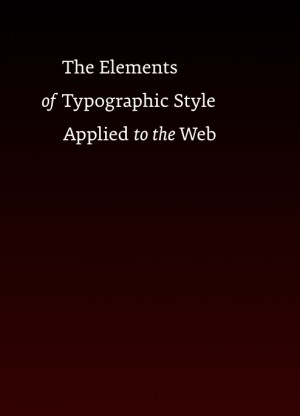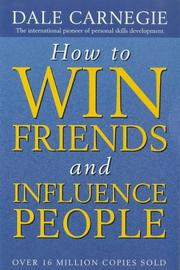

The bond – which shows the amount of the loan and the deadline – is a proof that the deal happened. A bond is “a glorified IOU,” “a record of the fact that you’ve loaned your money to somebody else.” When you purchase a bond, you’re actually not buying anything – you’re just making a loan. Let’s see what this means in actual fact. In addition to putting your money into savings accounts or buying houses and collectibles, you can also make your money work for you by investing it into bonds and stocks. How to invest: the pros and cons of bonds and stocks An added bonus is that acquiring the discipline to pay off your mortgages will prepare you well for stock-investing. For four reasons: 1) you usually buy it on borrowed money 2) its value will increase while you live in it 3) you won’t pay any taxes on the gains and 4) when you do sell the house, the government will give you a tax break. In fact, it is the most profitable purchase you’ll ever make.

While buying a new car is not an investment – “nothing will eat up your bankroll faster than a car will,” note Lynch and Rothchild – buying a new house is. You’ll also have to become an expert – not only in the items you collect, but also in the market and the prices, lest you want to risk getting ripped off. However, you’ll have to take good care of them because even collectibles lose value with wear and tear, and they become worthless if lost or stolen. While money devalues with time, objects often become more desirable as they get older and you can sell them at a higher price. You can also invest money by buying collectibles, anything from baseball cards to Barbie dolls.

And when the inflation rate is higher than the interest rate you’re getting, then you’re investing in a lost cause. Their biggest disadvantage is that they pay a low rate of interest, sometimes one that can’t even keep up with inflation. Savings accounts – as well as treasury bills, money-market funds, and certificates of deposit (CDs) – are short-term investments, and are great places to store cash until you have enough of it to invest somewhere else. For starters, here are the pros and cons of the three more familiar ones: There are five basic ways to invest money. “It puts extra cash in your pocket without your having to lift a finger.” So, the earlier you start investing, the better. “Money is a great friend once you send it off to work,” say Lynch and Rothchild. In life, you can either work for money, or make money work for you. If that describes you, then get ready for some investment basics! How to invest: savings accounts, collectibles, and houses Of Peter Lynch and John Rothchild’s three classic primers on investing and stock-picking, “Learn to Earn” is the one best suited for absolute beginners.


 0 kommentar(er)
0 kommentar(er)
